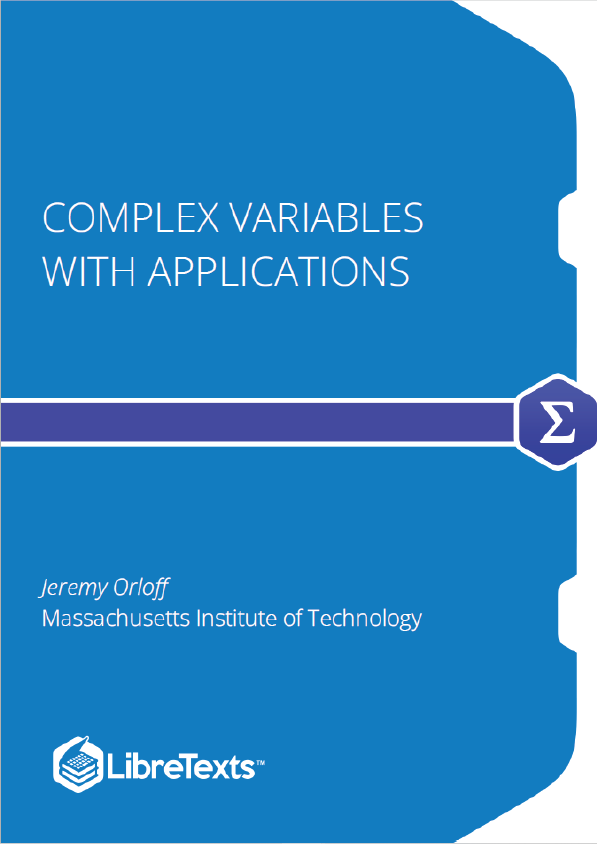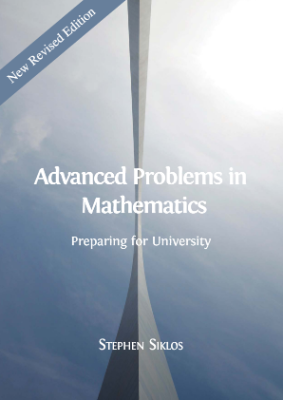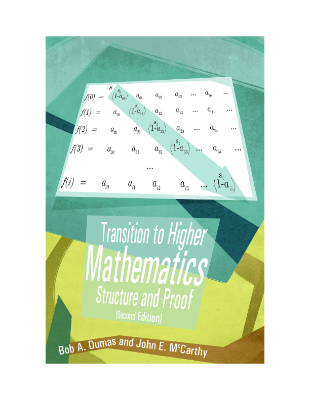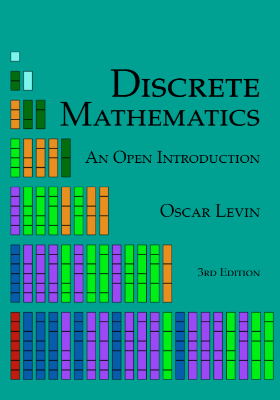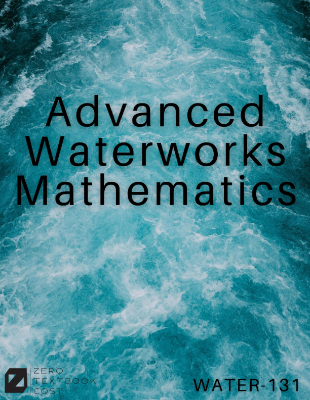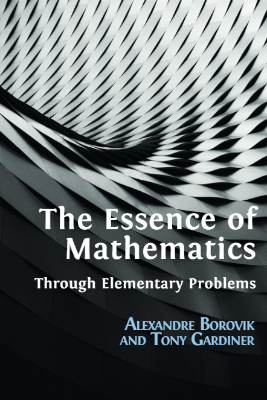Complex analysis is a beautiful, tightly integrated subject. It revolves around complex analytic functions. These are functions that have a complex derivative. Unlike calculus using real variables, the mere existence of a complex derivative has strong implications for the properties of the function. Complex analysis is a basic tool in many mathematical theories. By itself and through some of these theories it also has a great many practical applications. There are a small number of far-reaching theorems that we’ll explore in the first part of the class. Along the way, we’ll touch on some mathematical and engineering applications of these theorems. The last third of the class will be devoted to a deeper look at applications. The main theorems are Cauchy’s Theorem, Cauchy’s integral formula, and the existence of Taylor and Laurent series. Among the applications will be harmonic functions, two dimensional fluid flow, easy methods for computing (seemingly) hard integrals, Laplace transforms, and Fourier transforms with applications to engineering and physics.
Brief course description
Complex analysis is a beautiful, tightly integrated subject. It revolves around complex analytic functions. These are functions that have a complex derivative. Unlike calculus using real variables, the mere existence of a complex derivative has strong implications for the properties of the function.
Complex analysis is a basic tool in many mathematical theories. By itself and through some of these theories it also has a great many practical applications.
There are a small number of far-reaching theorems that we’ll explore in the first part of the class. Along the way, we’ll touch on some mathematical and engineering applications of these theorems. The last third of the class will be devoted to a deeper look at applications.
The main theorems are Cauchy’s Theorem, Cauchy’s integral formula, and the existence of Taylor and Laurent series. Among the applications will be harmonic functions, two dimensional fluid flow, easy methods for computing (seemingly) hard integrals, Laplace transforms, and Fourier transforms with applications to engineering and physics.
Topics needed from prerequisite math classes
We will review these topics as we need them:
- Limits
- Power series
- Vector fields
- Line integrals
- Green’s theorem
Level of mathematical rigor We will make careful arguments to justify our results. Though, in many places we will allow ourselves to skip some technical details if they get in the way of understanding the main point, but we will note what was left out.
Speed of the class
Do not be fooled by the fact things start slow. This is the kind of course where things keep on building up continuously, with new things appearing rather often. Nothing is really very hard, but the total integration can be staggering – and it will sneak up on you if you do not watch it. Or, to express it in mathematically sounding lingo, this course is “locally easy” but “globally hard”. That means that if you keep up-to-date with the homework and lectures, and read the class notes regularly, you should not have any problems.
– Jeremey Orloff
